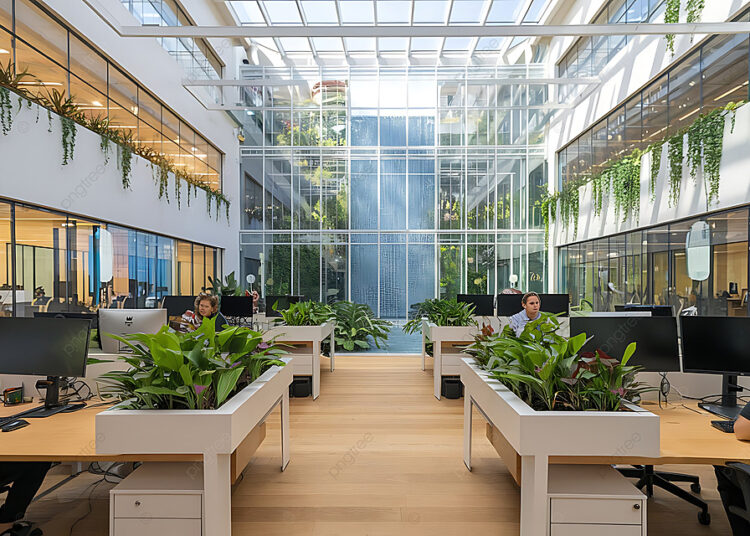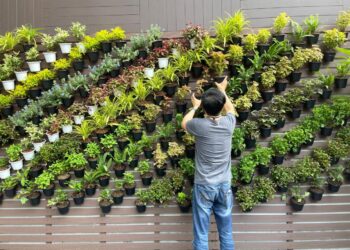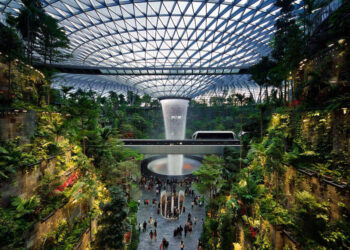Why Eco-Conscious Matters
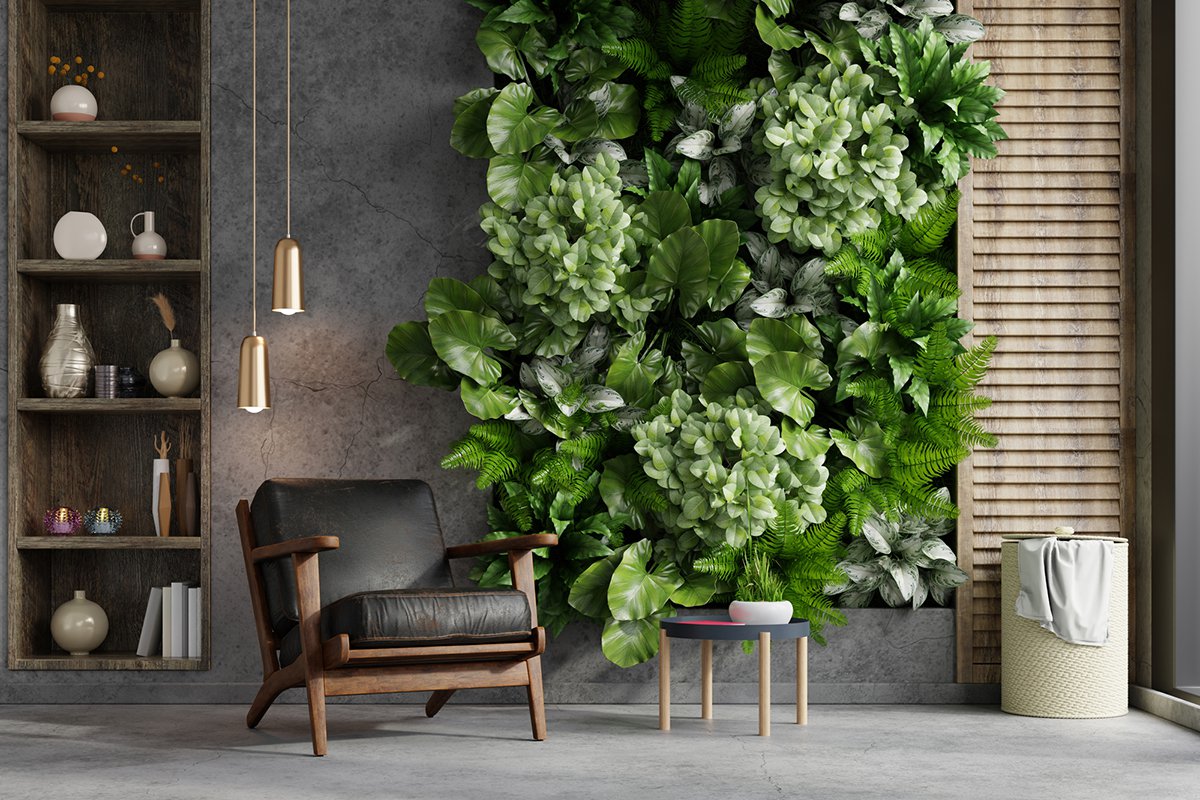
The global push towards sustainable design isn’t born of idealism alone; it’s a critical response to undeniable environmental and societal challenges. Understanding these drivers illuminates the urgency and importance of this paradigm shift.
A. Greenhouse Gas Emissions: Human activities, particularly industrial processes, energy production, and transportation, release vast amounts of greenhouse gases (GHGs) into the atmosphere. Design choices, from the materials used in construction to the energy consumption of buildings and products, directly contribute to these emissions.
B. Extreme Weather Events: The increasing frequency and intensity of phenomena like heatwaves, droughts, floods, and storms underscore the need for infrastructure and products that are resilient and contribute less to the problem.
C. Finite Natural Resources: Our planet has finite reserves of fossil fuels, minerals, and other raw materials. Conventional design often relies on a linear “take-make-dispose” model that rapidly depletes these resources.
D. Water Scarcity: Access to clean, fresh water is becoming a critical global issue. Design decisions can significantly impact water consumption in buildings, agriculture, and manufacturing.
E. Biodiversity Loss: Unsustainable practices, including habitat destruction and pollution, contribute to the rapid decline of species, impacting ecosystem health and stability.
F. Air and Water Pollution: Industrial processes and product lifecycles often release pollutants into the air and water, affecting human health and ecosystems.
G. Landfill Overload: The vast amount of waste generated by consumerism and disposable products overwhelms landfill capacity, leading to environmental degradation and health hazards.
Core Principles of Sustainable Design
Sustainable design is not a single technique but a holistic philosophy guided by several interconnected principles that apply across various design disciplines.
A. Lifecycle Thinking
This principle considers the environmental impact of a product or building from its inception to its disposal or repurposing.
A. Raw Material Extraction: Assessing the environmental impact of sourcing materials (e.g., deforestation, mining, pollution). This stage includes evaluating how materials are harvested or extracted, the energy consumed in the process, and the ecological disruption caused. For instance, illegal logging can lead to rapid deforestation and loss of biodiversity, while irresponsible mining can contaminate water sources and degrade land.
B. Manufacturing and Processing: Evaluating energy and water consumption, waste generation, and emissions during production. This involves looking at the energy intensity of production processes, the types of chemicals used, and the volume and toxicity of waste streams. For example, some textile dyeing processes are notoriously water-intensive and produce significant amounts of polluted wastewater.
C. Transportation: Minimizing the environmental footprint of moving materials and finished products (e.g., local sourcing). The “miles” a product travels from raw material to consumer (often referred to as “food miles” for food products) contribute significantly to carbon emissions. Sourcing materials and manufacturing locally can drastically reduce these transportation impacts.
D. Use and Maintenance: Designing for energy efficiency, water conservation, and durability during the operational phase. This is particularly crucial for buildings and long-lasting products. An energy-efficient appliance might have a higher upfront cost but saves money and reduces emissions over its lifespan. Design for easy maintenance and repair also extends a product’s useful life.
E. End-of-Life: Planning for disassembly, recycling, composting, or safe disposal to minimize waste. This contrasts sharply with the linear “cradle-to-grave” model. Products should be designed from the outset with their eventual end-of-life in mind, ensuring components can be easily separated, recycled, or biodegraded, rather than ending up in landfills. This concept is often termed “cradle-to-cradle” design.
B. Resource Efficiency
Maximizing the utility of resources while minimizing waste.
A. Energy Efficiency:
A. Passive Design: Utilizing natural phenomena like sunlight, wind, and thermal mass to heat, cool, and light buildings, reducing reliance on mechanical systems (e.g., proper orientation, insulation, shading, natural ventilation). This means designing a building to work with its environment, not against it. For instance, orienting a building to face south (in the Northern Hemisphere) maximizes winter sun exposure, while strategically placed overhangs can block high summer sun, keeping interiors cool.
B. Renewable Energy Integration: Incorporating solar panels, wind turbines, geothermal systems, or micro-hydro for on-site energy generation. The goal is to move away from fossil fuels and towards clean, inexhaustible energy sources. Battery storage solutions often accompany these systems to ensure a consistent power supply.
C. High-Efficiency Systems: Specifying energy-efficient HVAC systems, lighting (LEDs), and appliances. This involves choosing technologies that perform the same function using significantly less energy, such as smart thermostats that learn occupancy patterns or refrigerators with high Energy Star ratings.
B. Water Conservation:
A. Low-Flow Fixtures: Installing toilets, faucets, and showerheads that use less water without sacrificing performance. These fixtures significantly reduce daily water consumption in homes and commercial buildings.
B. Rainwater Harvesting: Collecting and storing rainwater from roofs for non-potable uses like irrigation or toilet flushing. This reduces reliance on municipal water supplies, especially during dry periods.
C. Greywater Recycling: Treating and reusing wastewater from sinks, showers, and laundry for irrigation or other non-potable purposes. This is an advanced water management strategy that closes the loop on water usage within a building.
D. Drought-Tolerant Landscaping: Designing outdoor spaces with native plants that are adapted to the local climate and require minimal irrigation. This reduces the need for constant watering and maintains ecological balance.
C. Material Optimization:
A. Reduce, Reuse, Recycle: Prioritizing designs that reduce material use (e.g., thinner but stronger materials), facilitate reuse of components (e.g., modular building elements), and enable easy recycling (e.g., single-material products).
B. Durability and Longevity: Designing products and buildings to last longer, reducing the frequency of replacement and associated resource consumption. This directly challenges the “built-in obsolescence” model prevalent in many industries.
C. Circular Economy Principles: Moving beyond the traditional linear model to a circular one where materials are continuously reused, repaired, or recycled back into the production cycle, minimizing waste and resource extraction.
C. Health and Well-being
Creating environments and products that support human health and comfort.
A. Indoor Air Quality (IAQ):
A. Non-Toxic Materials: Specifying materials with low or zero VOCs (volatile organic compounds) and other harmful chemicals (e.g., paints, adhesives, flooring, furniture). VOCs can off-gas for years, contributing to respiratory issues and other health problems.
B. Adequate Ventilation: Ensuring fresh air circulation to dilute pollutants and maintain comfortable humidity levels. This might involve natural ventilation strategies or mechanical systems with heat recovery.
C. Daylighting: Maximizing natural light to reduce eye strain, improve mood, regulate circadian rhythms, and boost productivity. Access to natural light has proven benefits for mental alertness and overall well-being.
B. Thermal Comfort: Designing for stable and comfortable indoor temperatures, reducing reliance on constant mechanical heating or cooling. This involves proper insulation, glazing, and passive solar strategies to maintain a consistent temperature range.
C. Acoustic Comfort: Minimizing noise pollution through appropriate material choices and design strategies. Excessive noise can lead to stress and reduced concentration, especially in open-plan offices or urban residences.
D. Connection to Nature (Biophilia): Incorporating natural elements, views, and patterns into design to promote mental and physical well-being (e.g., indoor plants, natural materials, views of green spaces). This acknowledges our innate human need to connect with living systems, leading to reduced stress and enhanced creativity.
D. Ecosystem Health and Biodiversity
Minimizing harm and actively contributing to ecological restoration.
A. Site Selection and Planning: Choosing sites that minimize ecological disruption, protect natural habitats, and consider local ecosystems. This means avoiding construction on sensitive wetlands or prime agricultural land and planning for minimal impact on existing flora and fauna.
B. Stormwater Management: Implementing strategies like permeable pavements, rain gardens, and green roofs to manage stormwater runoff, reduce pollution, and replenish groundwater. This mitigates the “concrete jungle” effect, where rainwater rapidly flows into sewers, contributing to flooding and pollution.
C. Habitat Creation: Designing landscapes that support local flora and fauna, enhancing biodiversity (e.g., native plant gardens, bird-friendly architecture). This can turn built environments into active contributors to local ecosystems, providing food and shelter for wildlife.
D. Reduced Toxins: Eliminating the use of materials and processes that produce harmful pollutants that can damage ecosystems. This includes avoiding persistent organic pollutants (POPs) and heavy metals in manufacturing.
E. Social Equity and Justice
Considering the human impact of design throughout the supply chain and community.
A. Fair Labor Practices: Ensuring that materials are sourced and manufactured under ethical labor conditions, free from exploitation, child labor, or unsafe working environments. This requires supply chain transparency and responsible sourcing policies.
B. Community Engagement: Involving local communities in the design process, particularly for public spaces or large developments. This ensures that designs truly meet the needs of the people they serve and gain local acceptance.
C. Accessibility: Designing products and buildings that are accessible and inclusive for all users, regardless of age, ability, or background. This means universal design principles are integrated from the start.
D. Local Economy Support: Prioritizing local materials and labor to support regional economies and reduce transportation impacts. This strengthens community resilience and reduces carbon emissions associated with long-distance shipping.
E. Affordability and Equity: Striving to make sustainable solutions accessible and affordable for a broader population, not just a niche market. This tackles the perception that sustainable design is exclusively for the wealthy.
Sustainable Design in Practice
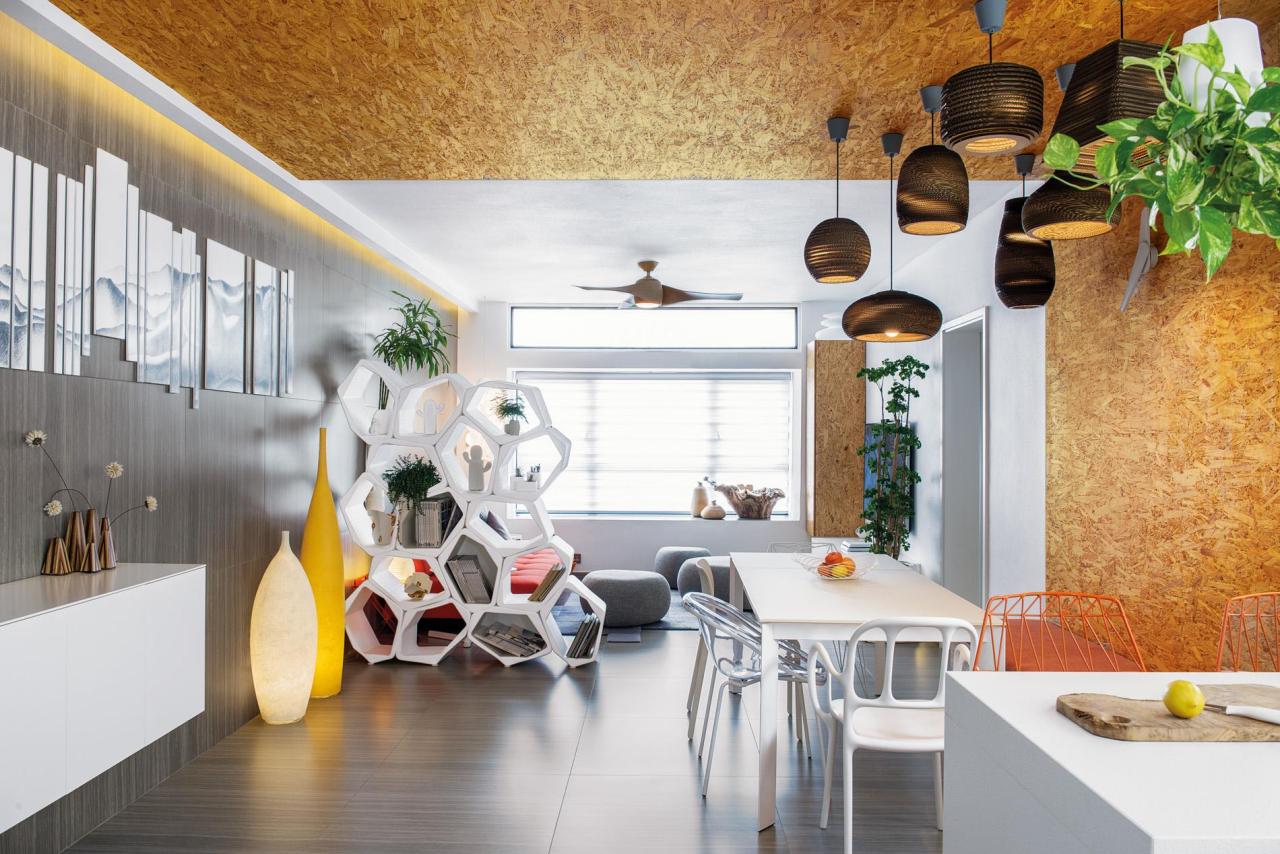
Sustainable design principles are being applied across a wide range of industries, leading to innovative solutions and transformative changes.
A. Architecture and Construction (Green Buildings)
This is perhaps the most visible application of sustainable design, focusing on creating structures that are environmentally responsible and resource-efficient throughout their life cycle.
A. High-Performance Envelopes: Superior insulation, high-performance windows (e.g., double or triple glazing with low-emissivity coatings), and airtight construction to minimize heat loss/gain. This dramatically reduces the energy needed for heating and cooling.
B. Passive Solar Design: Orienting buildings to maximize winter solar gain and minimize summer solar gain, using strategic shading elements like overhangs, louvers, or even deciduous trees. This leverages the sun’s energy for warmth in colder months and blocks unwanted heat in warmer ones.
C. Green Roofs and Walls: Vegetated roofs and vertical gardens that provide insulation, manage stormwater runoff by absorbing rainwater, reduce urban heat island effect, and create habitat for local wildlife. They also offer aesthetic and recreational benefits.
D. Rainwater Harvesting Systems: Collecting and storing rainwater from roofs in cisterns for landscape irrigation, toilet flushing, or even potable use after proper filtration and treatment. This significantly reduces reliance on municipal water supplies.
E. Recycled and Reclaimed Materials: Using materials like recycled steel, reclaimed timber from old buildings, or concrete with recycled content (e.g., fly ash). This reduces demand for virgin materials and diverts waste from landfills.
F. Low-Impact Foundations: Minimizing excavation and using less carbon-intensive foundation systems, such as pier and beam or helical piles, which disturb less soil.
G. Energy Management Systems: Implementing smart building controls that optimize lighting, HVAC, and power usage based on real-time data from occupancy sensors, weather forecasts, and user preferences.
H. Certifications: Pursuing widely recognized standards like LEED (Leadership in Energy and Environmental Design), BREEAM (Building Research Establishment Environmental Assessment Method), or Green Star to validate a building’s sustainability performance and provide a benchmark for eco-conscious construction. These certifications often cover aspects from site selection and water efficiency to indoor environmental quality and innovation.
B. Product Design and Manufacturing
Designing physical products with their entire lifecycle in mind, moving away from the “disposable” culture.
A. Design for Disassembly (DfD): Products are intentionally designed so that components can be easily separated at the end of their life for repair, reuse, or recycling. This often means using fewer different materials, standard fasteners, and avoiding glues where possible.
B. Modular Design: Products made of interchangeable parts that can be upgraded or replaced individually, extending the product’s useful life (e.g., modular smartphones where cameras or batteries can be swapped out).
C. Use of Sustainable Materials:
A. Recycled Content: Utilizing materials made from post-consumer or post-industrial waste (e.g., recycled plastics for furniture, recycled metals for electronics).
B. Rapidly Renewable Materials: Using materials from sources that replenish quickly (e.g., bamboo, cork, wool, hemp). These are grown and harvested with a minimal environmental footprint.
C. Bio-based Plastics: Developing plastics from renewable biomass sources (e.g., corn starch, sugarcane) instead of fossil fuels, reducing reliance on petroleum.
D. Non-Toxic Formulations: Eliminating harmful chemicals from products throughout their lifecycle (e.g., BPA-free plastics in food containers, lead-free paints, formaldehyde-free furniture).
D. Energy-Efficient Operation: Designing electronics and appliances to consume less energy during use, often evidenced by energy ratings like Energy Star.
E. Reduced Packaging: Minimizing packaging materials, opting for recycled, recyclable, or biodegradable packaging, and designing packaging that also serves a secondary purpose (e.g., reusable bags).
F. Product-as-a-Service Models: Shifting from selling products outright to selling the service they provide (e.g., subscribing to a lighting service instead of buying light fixtures). This incentivizes manufacturers to design for longevity, durability, and repair, as they retain ownership and responsibility for the product’s entire lifecycle.
C. Urban Planning and Landscape Architecture
Designing sustainable communities and outdoor spaces that integrate natural systems and promote responsible resource management.
A. Compact, Mixed-Use Development: Reducing urban sprawl by concentrating residential, commercial, and recreational spaces within close proximity. This encourages walking, cycling, and public transport, reducing reliance on cars and associated emissions.
B. Green Infrastructure: Integrating natural systems (e.g., parks, greenways, wetlands, street trees) into urban design to manage stormwater, improve air quality, provide recreational spaces, and enhance biodiversity. This functions as a living, working infrastructure.
C. Walkability and Cyclability: Designing streets and communities with safe, comfortable, and appealing pathways for pedestrians and cyclists, prioritizing active transportation over vehicular traffic. This also promotes public health.
D. Local Food Systems: Incorporating urban farms, community gardens, and farmers’ markets within city planning to reduce “food miles,” support local economies, and increase access to fresh produce.
E. Waste-to-Energy Systems: Developing advanced systems to convert non-recyclable waste into energy, reducing landfill volume and providing an alternative energy source.
F. Public Transportation: Investing in efficient, accessible, and integrated public transport networks (e.g., buses, trains, trams) to reduce private car reliance and traffic congestion.
D. Fashion and Textiles
Addressing the significant environmental footprint of the apparel industry, which is known for its intensive use of water, chemicals, and energy, as well as significant waste generation.
A. Sustainable Fibers: Using materials like organic cotton (grown without synthetic pesticides or fertilizers), recycled polyester (made from plastic bottles), hemp, linen, Tencel (lyocell – a sustainably produced cellulose fiber), or innovative materials like pineapple leather or mushroom leather.
B. Circular Fashion: Designing garments for longevity, repairability, and ultimate recyclability or biodegradability, minimizing waste. This includes designing for minimal material waste during cutting (“zero-waste patterns”).
C. Reduced Water and Chemical Use: Employing dyeing processes that use less water and avoid harmful chemicals, such as digital printing or natural dyes. Promoting non-toxic finishing treatments.
D. Fair Labor Practices: Ensuring ethical treatment, safe working conditions, and fair wages for workers throughout the entire supply chain, from fiber production to garment manufacturing. Certifications like Fair Trade can help ensure this.
E. Upcycling and Repair Programs: Encouraging consumers to extend the life of garments through creative reuse (upcycling), professional repair services offered by brands, or peer-to-peer sharing and rental models.
Challenges and Overcoming Hurdles in Sustainable Design
Despite its clear benefits, the widespread adoption of sustainable design faces several challenges that require collaborative efforts from designers, businesses, policymakers, and consumers.
A. Initial Cost Perceptions: Sustainable materials or technologies can sometimes have a higher upfront cost compared to conventional alternatives. This is often due to smaller production scales, R&D investments, or the true cost of environmental externalities being internalized. However, educating clients about lifecycle cost analysis (which includes operational savings over time) often reveals that sustainable choices are more economical in the long run.
B. Lack of Awareness and Education: Many designers, builders, manufacturers, and consumers may lack sufficient knowledge about sustainable materials, practices, or their long-term benefits. There’s a need for continued education, training programs, and accessible information to bridge this knowledge gap.
C. Supply Chain Complexity: Sourcing truly sustainable materials can be challenging due to opaque global supply chains, difficulties in verifying ethical sourcing, certification complexities, and limited availability of certain materials in specific regions. Building transparent and responsible supply chains requires significant effort and collaboration.
D. Regulatory Gaps and Inconsistencies: While environmental regulations are growing, they can vary significantly by country, region, or even municipality, creating a patchwork of requirements that can be confusing and hinder large-scale adoption. Harmonization of standards and stronger enforcement are needed.
E. Consumer Behavior: Overcoming ingrained habits of overconsumption, prioritizing short-term savings over long-term environmental benefits, and a preference for novelty can be difficult. Shifting consumer mindsets requires effective communication, clear labeling, and accessible sustainable alternatives.
F. Performance Data Gaps: More comprehensive data on the long-term performance, durability, and real-world environmental impacts of new sustainable materials and systems is sometimes needed to convince skeptical investors or developers. Rigorous testing and transparent reporting are crucial.
G. Greenwashing: The deceptive practice of marketing products or services as environmentally friendly when they are not truly so (or only minimally so) undermines consumer trust and makes genuine sustainable options harder to identify. Stronger regulatory oversight and independent verification are necessary to combat this.
H. Disrupting Existing Industries: Shifting to sustainable practices often requires fundamental changes in traditional manufacturing processes, established business models, and deeply entrenched material supply chains. This can face significant resistance from industries invested in the status quo. Innovation, incentives, and policy support are key to overcoming this inertia.
Conclusion
The journey towards a truly sustainable future is inextricably linked to the evolution of design. Sustainable design is more than just a set of tools or certifications; it’s a profound commitment to designing with consciousness, foresight, and a deep respect for the interconnectedness of all life. By integrating ecological intelligence with human ingenuity, designers are not just creating better products or buildings; they are actively shaping a future where human flourishing and planetary health are not mutually exclusive, but intrinsically linked and mutually reinforcing. It’s a testament to the power of thoughtful creation, where every choice is an opportunity to build a healthier, more equitable, and more resilient world.

